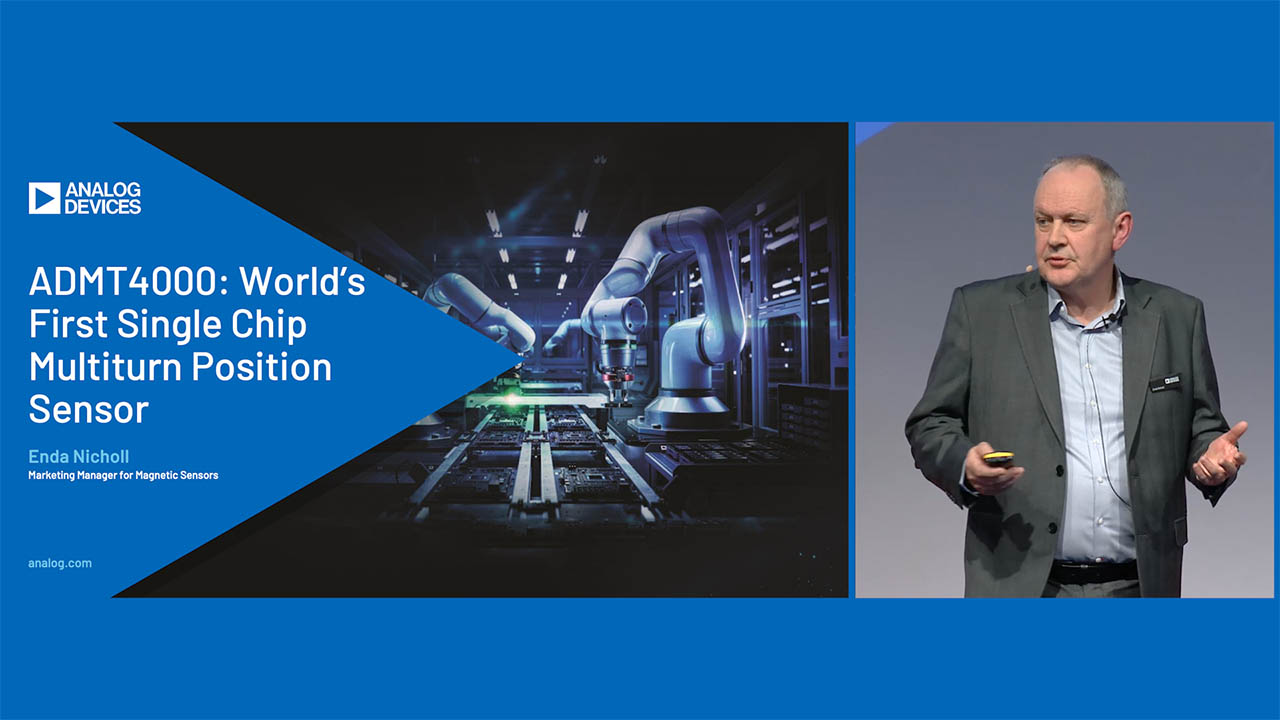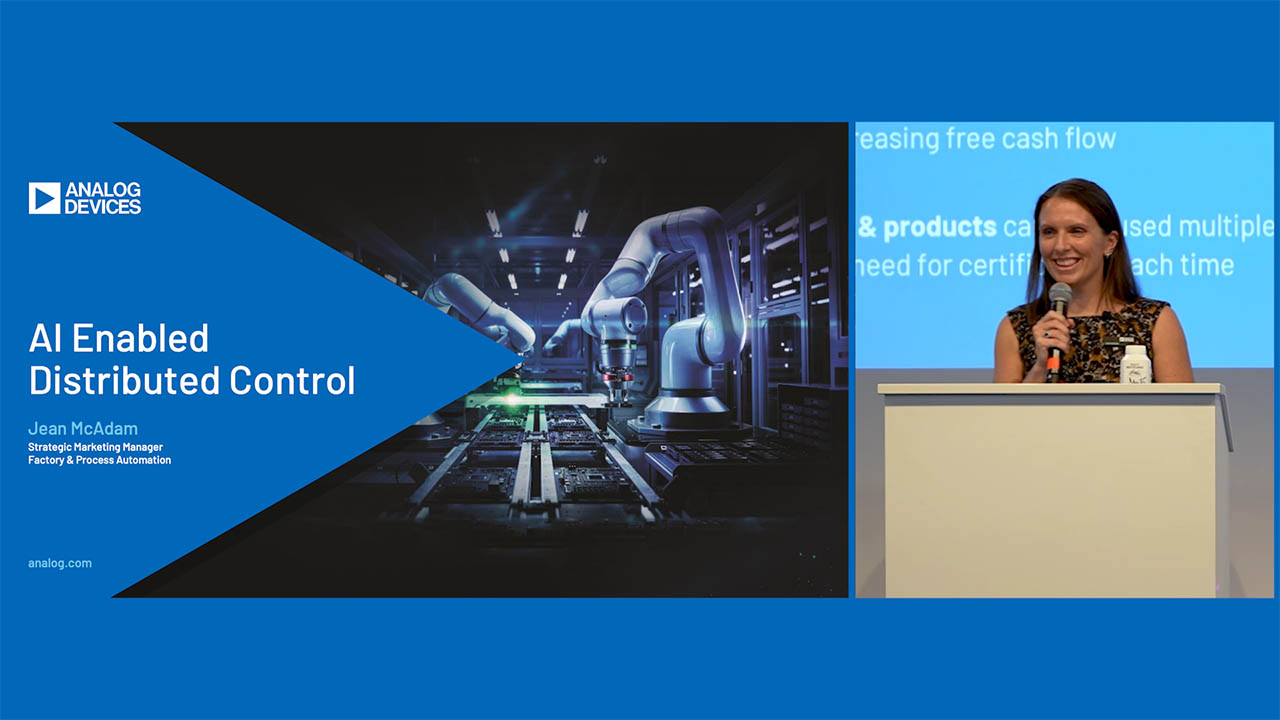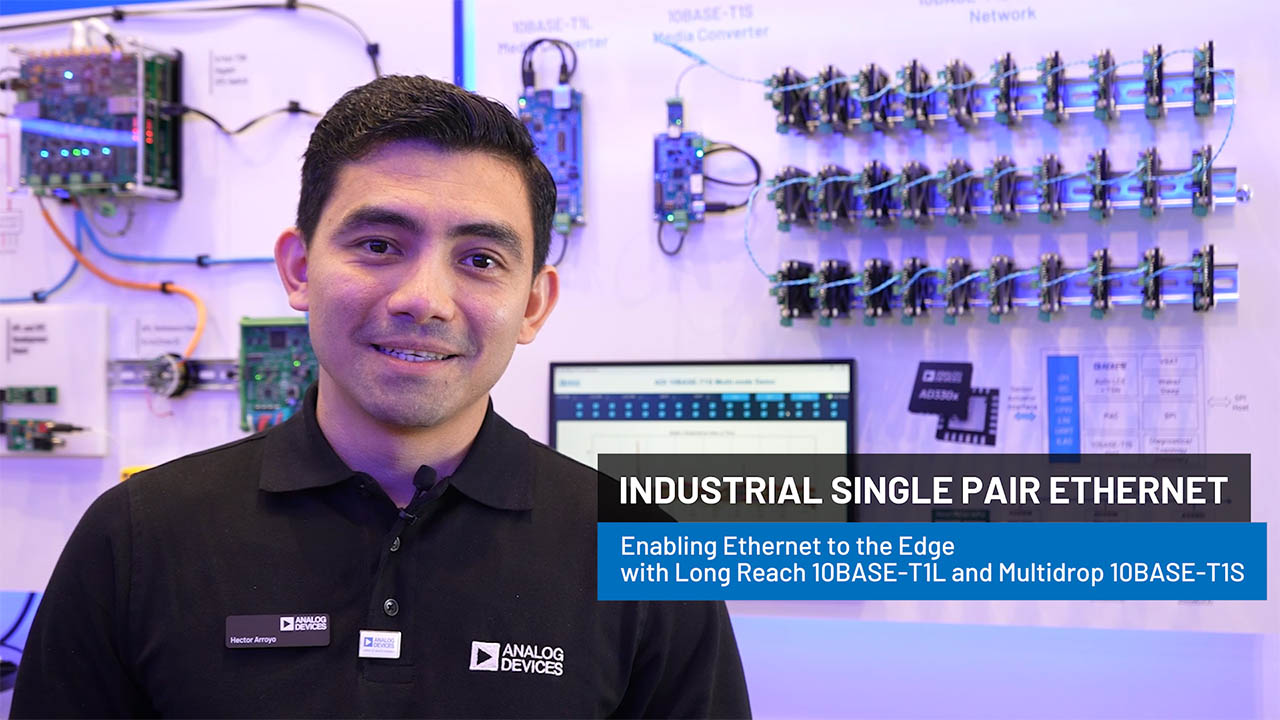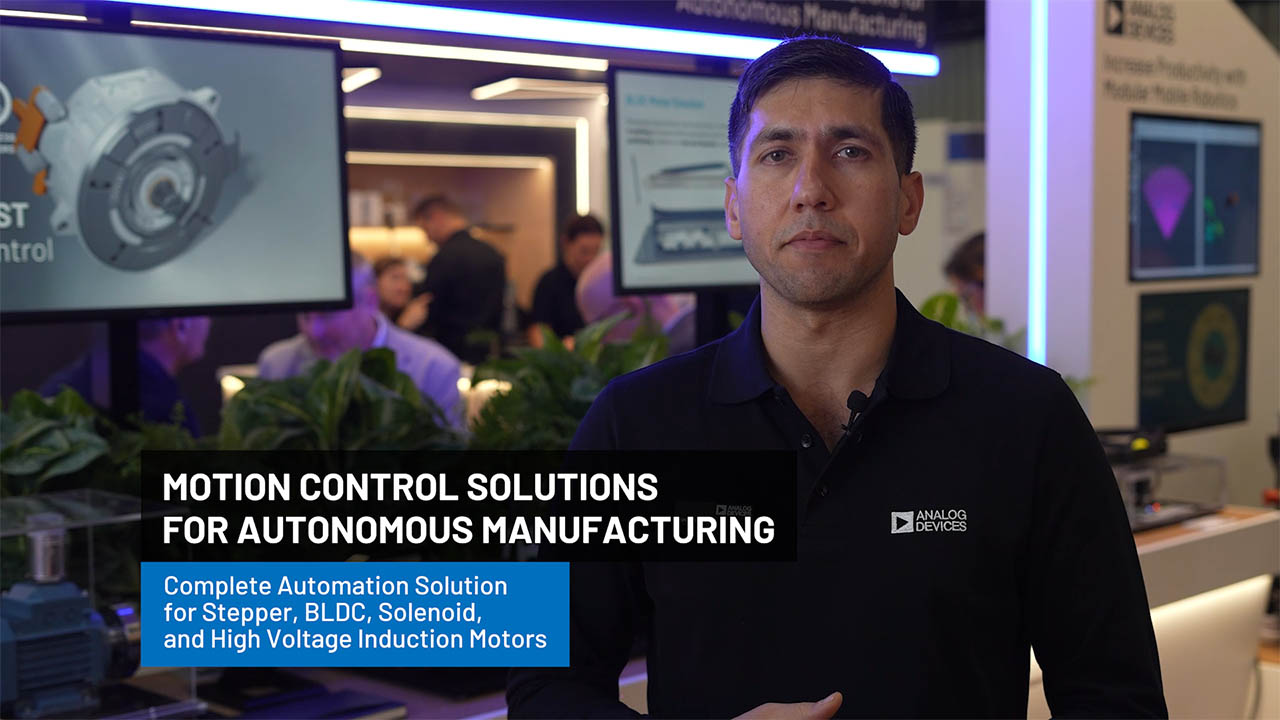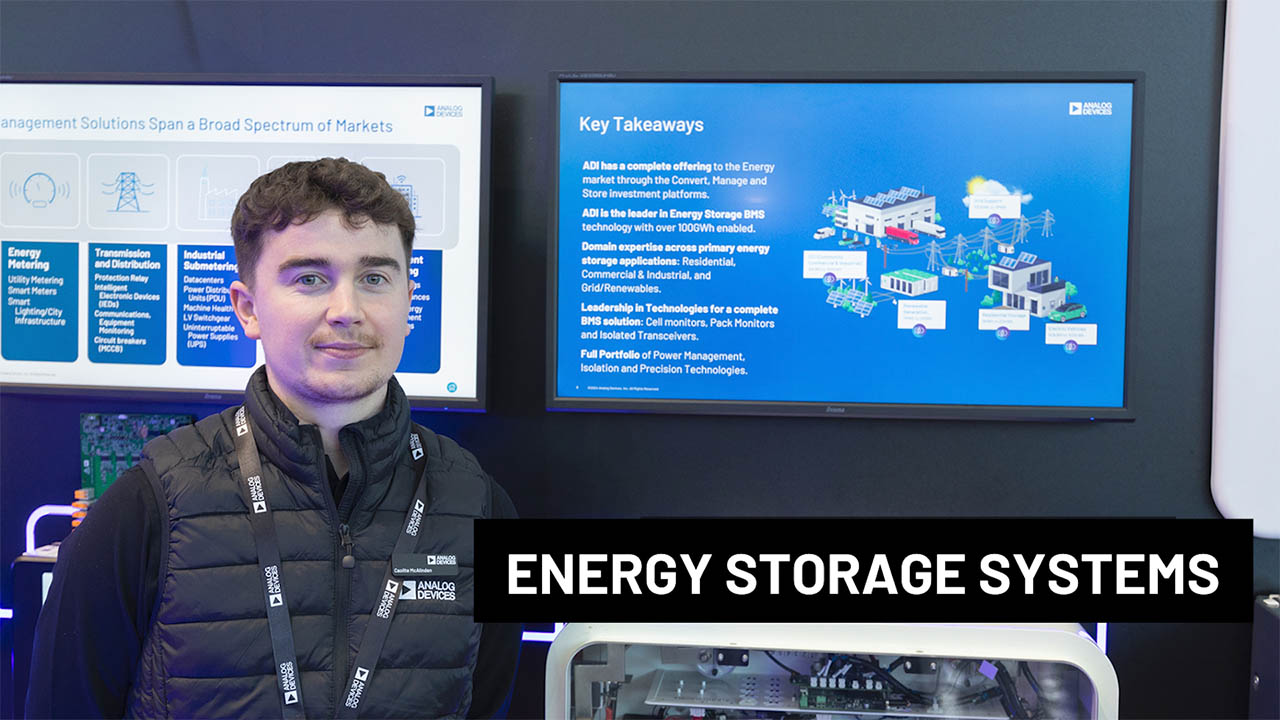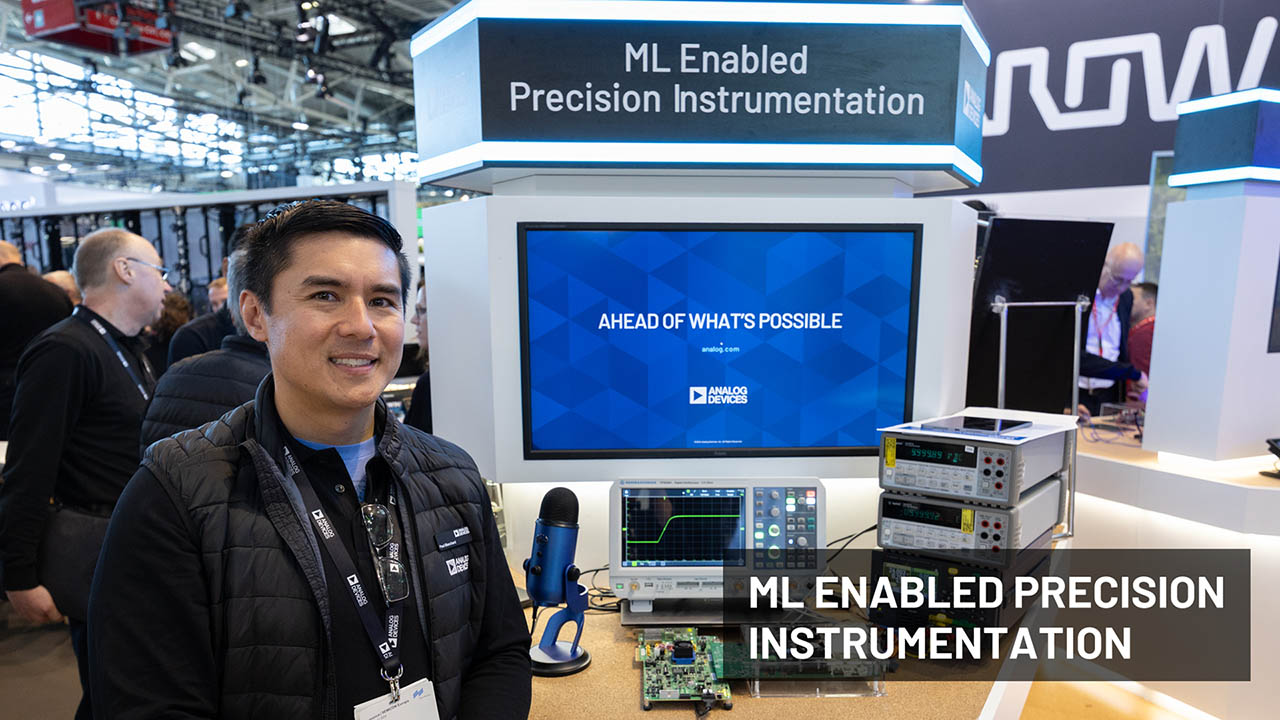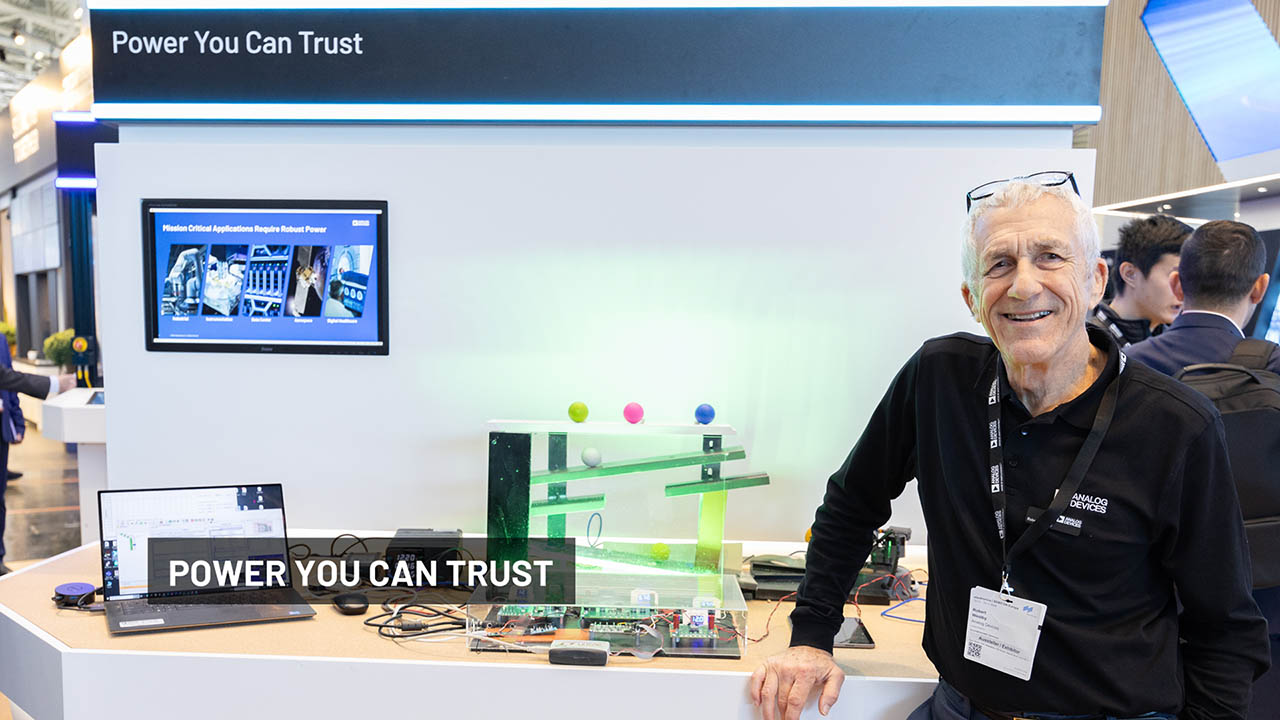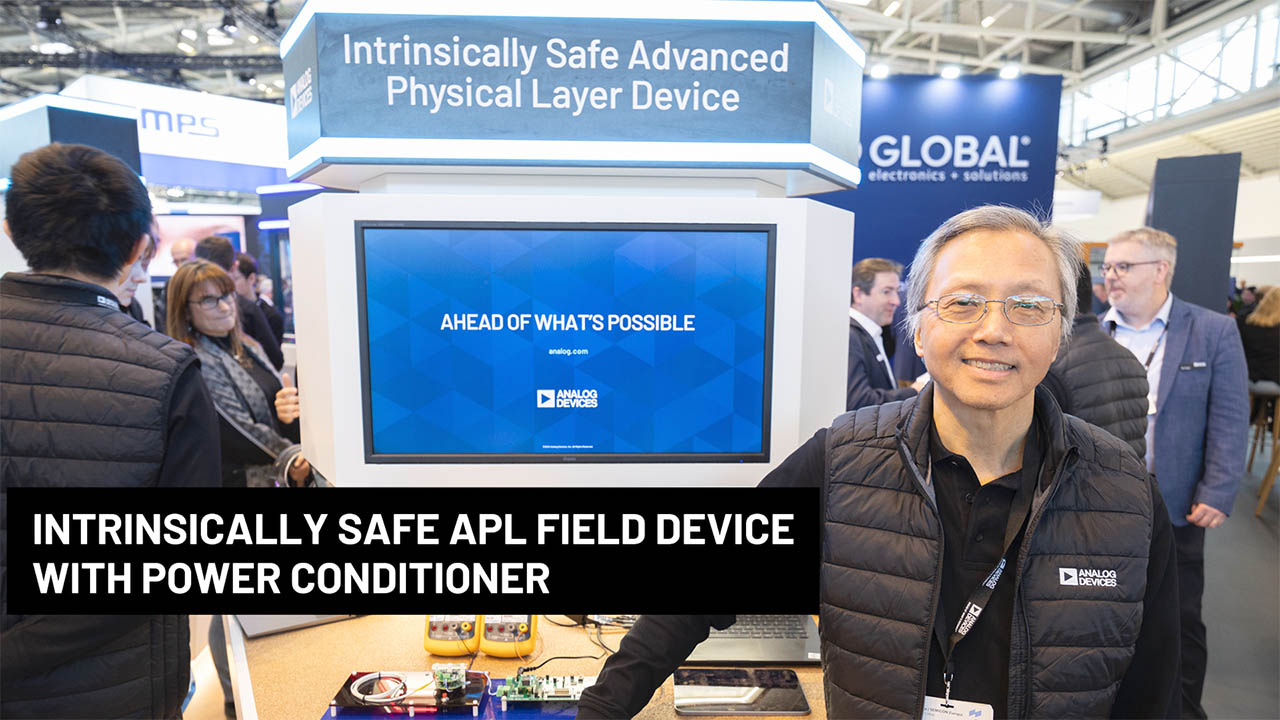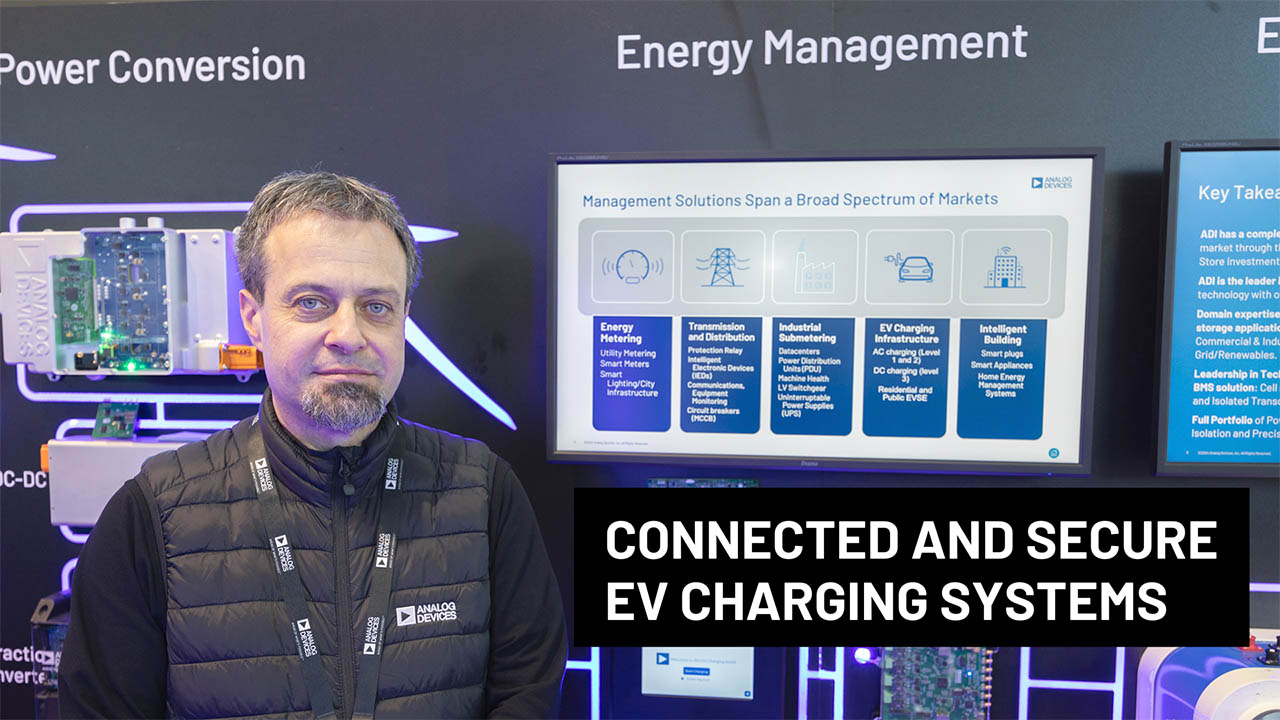Tiny and Efficient Boost Converter Generates 5V at 3A from 3.3V Bus
Tiny and Efficient Boost Converter Generates 5V at 3A from 3.3V Bus
by
Dongyan Zhou
May 1 2002
Introduction
Circuits that require 5V remain popular despite the fact that modern systems commonly supply a 3.3V power bus, not 5V. The tiny LTC1700 is optimized to deliver 5V from the 3.3V bus at very high efficiency, though it can also efficiently boost other voltages. The small MSOP package and 530kHz operation promote small surface mount circuits requiring minimal board space, perfect for the latest portable devices. By taking advantage of the synchronous rectifier driver, the LTC1700 provides up to 95% efficiency. To keep light load efficiency high in portable applications, the LTC1700 draws only 180µA in sleep mode. The LTC1700 features a start-up voltage as low as 0.9V, adding to its versatility.
The LTC1700 uses a constant frequency, current mode PWM control scheme. Its No RSENSE™ feature means the current is sensed at the main MOSFET, eliminating the need for a sense resistor. This saves cost, space and improves efficiency at heavy loads. For noise-sensitive applications, Burst Mode operation can be disabled when the SYNC/MODE pin is pulled low or driven by an external clock. The LTC1700 can be synchronized to an external clock ranging from 400kHz to 750kHz.
3.3V Input, 5V/3A Output Boost Regulator
Figure 1 shows a 3.3V input to 5V output boost regulator which can supply up to 3A load current. Figure 2 shows that the efficiency is greater than 90% for a load current range of 200mA to 3A and stays above 80% all the way down to a 3mA load.

Figure 1. 3.3V to 5V, 3A boost regulator

Figure 2. Efficiency of the circuit in Figure 1
C2 is a tantalum capacitor providing bulk capacitance to compensate for possible long wire connections to the input supply. In applications where the regulator’s input is connected very close to a low impedance supply, this capacitor is not needed.
2-Cell Input, 3.3V/1A Output Regulator
In digital cameras and other battery-powered devices, the LTC1700 makes for a high efficiency boost regulator in a small package. Figure 3 shows a 2-alkaline cell to 3.3V output circuit. This circuit can supply 1A maximum output current. Figure 4 shows the efficiency at different battery voltages. Efficiency of this circuit peaks at 93%. If a lower RDS(ON) MOSFET (such as Si6466) is used for M1, the maximum output current can be increased to 1.4A with about a 2% reduction in efficiency due to the increase in gate capacitance. MOSFETs with lower than 2.5V gate threshold voltages are recommended. The LTC1700 is also an ideal device for single cell Li-Ion battery to 5V applications.

Figure 3. 2-cell to 3.3V, 1A boost regulator

Figure 4. Efficiency of the circuit in Figure 3
Conclusion
The LTC1700 boost controller brings high efficiency and small size to low voltage applications. Its features are ideally suited to both battery-powered and line-powered applications.
About the Authors
Related to this Article
Products
{{modalTitle}}
{{modalDescription}}
{{dropdownTitle}}
- {{defaultSelectedText}} {{#each projectNames}}
- {{name}} {{/each}} {{#if newProjectText}}
-
{{newProjectText}}
{{/if}}
{{newProjectTitle}}
{{projectNameErrorText}}





